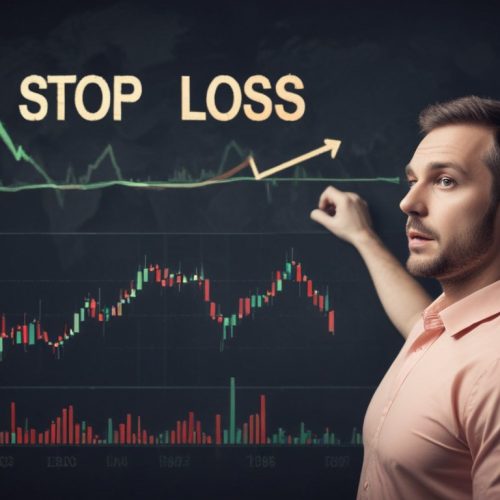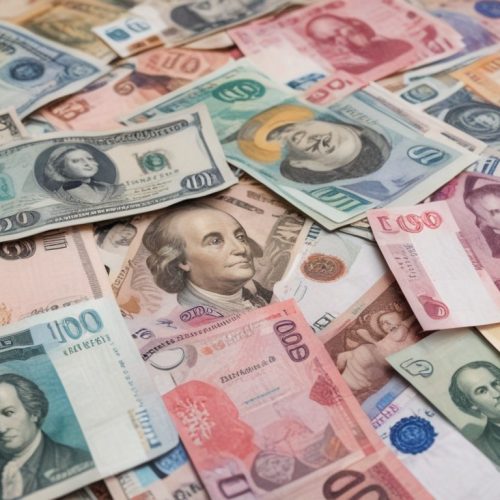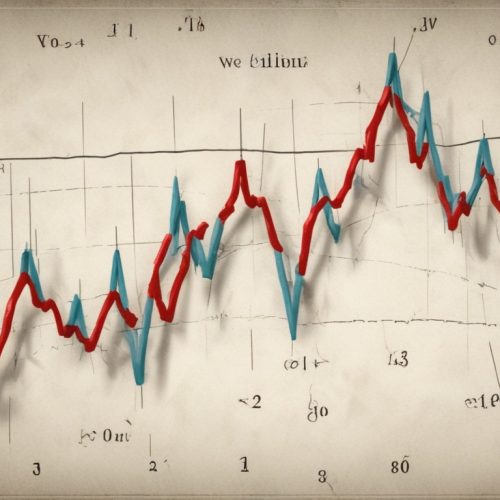Market Risk
Market risk is a phenomenon representing potential expenses on some market due to some factors outside of trader’s control. These can be either global issues that affect markets world-wide, or the problems on micro-level that only affect one particular market.
The former type of market risk is known as ‘systematic risk’, while the latter goes by ‘unsystematic risk’. The systematic risk can increase due to large issues, like political instability, financial crisis, growth of interest rates, and more. Sources of unsystematic risk are tied to the specific industry, company or market.
You can’t fully protect your investments from market risks, but you can undertake measure to negate the worse consequences of this financial phenomenon, as well as protect your funds partially.
Market risk models
All market risk models are associated with the price movement. Therefore, it’s one of the main factors of every trading session – even more so, since there are different types of market risks linked to different types of assets.
The unstable and ever-changing nature of most prices is called ‘volatility’. Volatility is linked directly to the market risk. The more volatile the product is, the more risky it is to trade in it. Therefore, there are 4 major types of market risks. Together, they are known as capital market risk, i.e. risk related to investments.
Interest rate risks
Interest rate risk is associated with the volatile nature of interest. In this case, the fall, not the growth of interest rates is more detrimental to the trader. If the interest rate on investments has fallen, the amount of profit provided by the rate will also diminish.
It’s ever more prominent in case of fixed-security investments, when the issuer is bound to repay a sum of money at regular intervals. Since the sum is determined by the interest, its changes may be very disadvantageous to the investor.
Fortunately, such changes aren’t as frequent, since most issuers can control them.
Currency risk
Currency is one of the more popular trading assets in the world. Investing and trading in currencies is always fraught with risk, because currencies are very volatile, and their prices can change daily, if not hourly.
The value of any specific currency can change because of several factors affecting mostly the country of its origin. Among them: political turmoil, economic recessions, war, and so on.
Cryptocurrency risk obeys similar rules. But while all crypto- and most regular currencies can change their values based on the rules of market (demand, supply, areas of usage, etc.), cryptocurrencies can’t be influenced by uneconomic factors.
Most cryptocurrencies are decentralized and don’t have a single issuer. Still, it doesn’t mean that crypto is less volatile than usual currency.
Equity risk
Equity risk, or ‘stock risk’ – is a risk associated with the stock volatility. Investing in stock isn’t only risky because the nominal value of each stock can crash if the company made mistakes.
If you’ve bought the stock of a company at its peak, and then it suffered a financial downfall, the dividends from your stock will also most likely fall, since they are linked to the pure profit of said company.
Commodity risk
Commodity risk represents the volatility of prices of some resource. The most common examples of commodities are crude oil, gold, aluminum, and other metals. Commodity risk has the most economic qualities of all, because the value of a commodity is mostly determined by a combination of supply and demand.
Of course, other developments can affect the prices on, say, oil, but all of them eventually lead back to this pair. Commodity risk is the oldest type of market price, and it is also one of the least volatile out of the bunch.
The protective measure For those who want to protect their investments from uncertainty of prices, there are several strategies to help you ensure that not all of your assets would go to waste.
Hedging strategies
Hedging strategies come in several variations. They are the most common strategies of risk mitigation. These are used mostly by the decent-sized companies, but there’s no reason it can’t work with individual traders.
B2B (back-to-back) hedging, for instance, implies buying and selling commodities virtually at the same time. The position is opened when trader sees that the demand (or the price) is going to rise. When it eventually rises, the position is immediately closed to not suffer any more risks of price drop.
On another hand, tracker hedging – is a strategy of opening positions for a long time and gradually closing them as the maturity date approaches. In commodity trading, investors instead wait until the peak of demand.
Diversification strategy
While hedging is much more useful in the hands of larger trading companies, diversification is an individual means of risk protection. Diversifying implies investing in a lot of different uncorrelated assets. This way, if one asset suffers value loss, you’ll still possess a lot more assets that retained value.
The protective measure
For those who want to protect their investments from uncertainty of prices, there are several strategies to help you ensure that not all of your assets would go to waste.
Hedging strategies
Hedging strategies come in several variations. They are the most common strategies of risk mitigation. These are used mostly by the decent-sized companies, but there’s no reason it can’t work with individual traders.
B2B (back-to-back) hedging, for instance, implies buying and selling commodities virtually at the same time. The position is opened when trader sees that the demand (or the price) is going to rise. When it eventually rises, the position is immediately closed to not suffer any more risks of price drop.
On another hand, tracker hedging – is a strategy of opening positions for a long time and gradually closing them as the maturity date approaches. In commodity trading, investors instead wait until the peak of demand.
Diversification strategy
While hedging is much more useful in the hands of larger trading companies, diversification is an individual means of risk protection. Diversifying implies investing in a lot of different uncorrelated assets. This way, if one asset suffers value loss, you’ll still possess a lot more assets that retained value.






